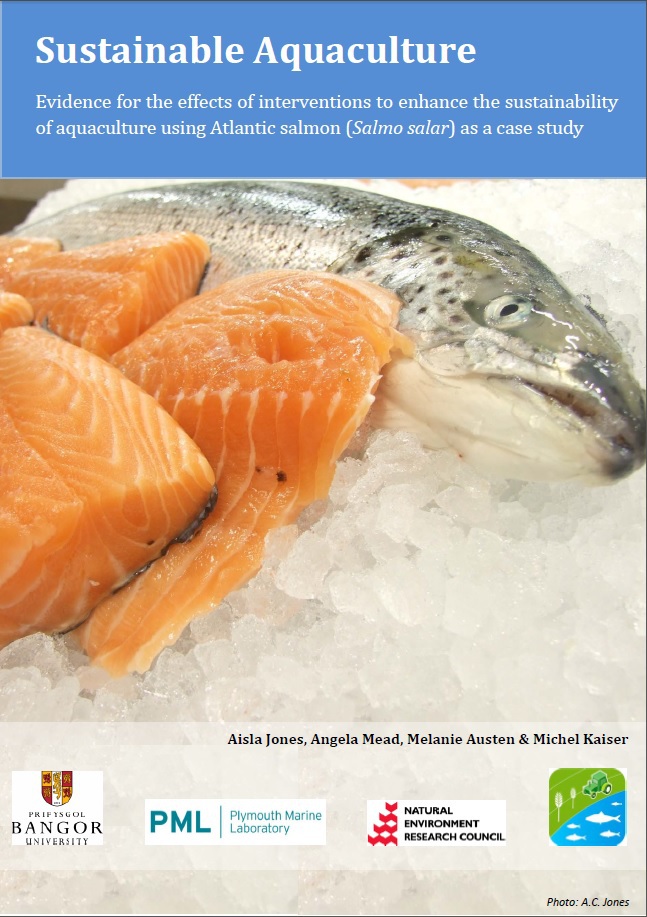Use an alternative protein source: bacteria
-
Overall effectiveness category Awaiting assessment
-
Number of studies: 3
View assessment score
Hide assessment score
How is the evidence assessed?
-
Effectiveness
not assessed -
Certainty
not assessed -
Harms
not assessed
Study locations
Supporting evidence from individual studies
A controlled, replicated study in Norway (Storebakken et al., 2004) found mixed results when comparing growth rates in salmon fry, Salmo salar, fed diets containing 100% fish meal (control) compared to those fed experimental diets containing up to 50% bacterial protein as a fish meal replacement. After 112 days, fish fed a diet containing 6.25 % bacterial protein weighed more (3.69kg) than fish fed diets containing 12.5 %, 25 % and 50 % bacterial protein (3.24kg, 3.03kg and 2.63kg, respectively) or the control diet (3.44kg). From days 113 to 364, growth rates in fish fed the control diet and bacterial protein replacement diets up to 25% were similar. In the 50% replacement diet, growth rates were lower. Salmon were fed diets in which bacterial protein made up 6.25%, 12.5%, 25% and 50% of total dietary amino acids, replacing fish meal or a control diet made up of 100% fish meal. Each diet was fed to groups of salmon fry for 364 days and fish were weighed every 28 days.
Study and other actions testedA controlled, replicated study in Norway (Aas et al., 2006) found that salmon, Salmo salar, fed diets containing 18% and 36% bacterial protein had faster growth rates than those fed a 100% fish meal control diet or experimental diet containing 4.5% bacterial protein. Growth rates were 1.59, 1.56, 1.38 and 1.37, respectively). Salmon were fed diets in which bacterial protein made up 4.5%, 9%, 18% or 36% of the ingredients, replacing fish meal or a control diet made up of 100% fish meal. They were fed using automated feeders for 48 days. Weights were recorded.
Study and other actions testedA replicated, controlled, randomised study in Norway (Berg et al., 2007) found similar growth rates in salmon, Salmo salar, fed diets containing 10% and 20% bacterial protein compared to a 100% fish meal diet (control). Salmon weight in the three groups increased on average 3.6-3.9kg over the five month experiment. Three diets were fed to groups of 1,000 caged salmon (two groups per diet) in which bacterial protein grown on natural gas made up 10 or 20 % of the ingredients replacing fish meal. For the first two months, fish were fed by automated feeders four times a day for 30 minutes, followed by three meals a day for the rest of the experiment. Fish weights were recorded at 0, 2, 4 and 5 months.
Study and other actions tested
Where has this evidence come from?
List of journals searched by synopsis
All the journals searched for all synopses
This Action forms part of the Action Synopsis:
Sustainable Aquaculture
Sustainable Aquaculture - Published 2013
Atlantic salmon Aquaculture Synopsis





)_2023.JPG)














